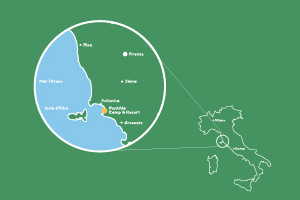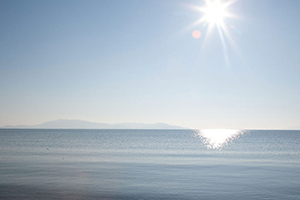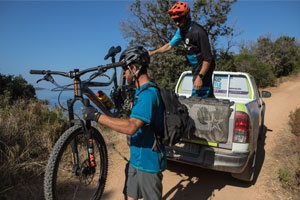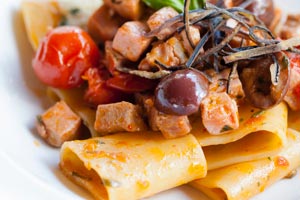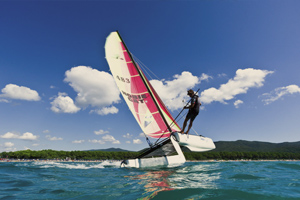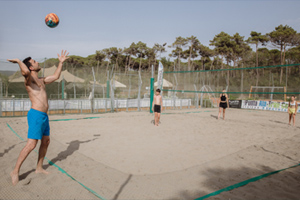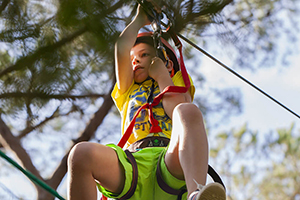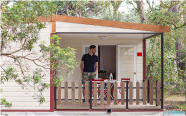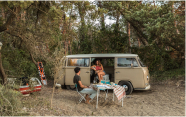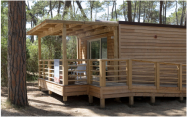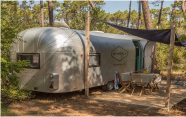Roccalbegna: What to see and how to get there
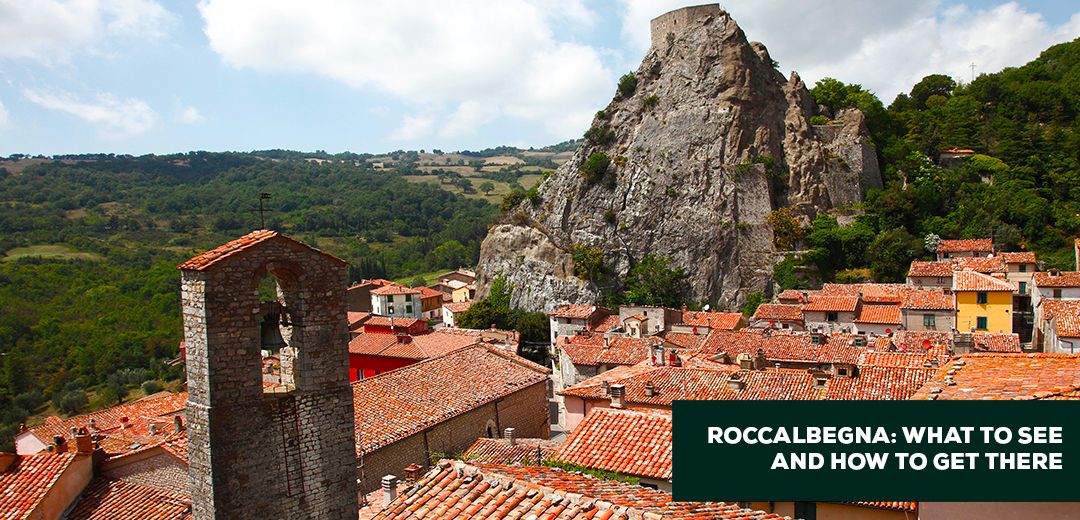
In the village of Roccalbegna, an old proverb underlines the close connection between the village and the rock. Several historical buildings populate the area: the Cassero Senese, a former 13th century guard post, restored in the 15th century and abandoned after losing its strategic importance; the Castello La Pietra - La Rocca, remodelled by the Sienese in 1296 with a distinctive townscape; and the Castello di Triana, a rock structure built by the Aldobrandeschi family and later passed to the Piccolomini. Local life still takes place mainly on the farms.
What is there to see in Roccalbegna?
There is a local saying that "when the stone creaks, it is the end of the Rocca", and this is very significant. At the top there is a rocky point with boulders between which the river Albegna meanders; next come the rocks with the remains of the fortifications (known as the SASSO or stone) which are directly above the village; then come the houses between the stone and the ROCCA, another rocky hill from which the ruins of the Aldobrandesque fortifications and the Cassero Senese rise.
The Cassero Senese
The Cassero Senese, above the village of Roccalbegna, was a small fortress that served mainly as a guard post and still retains its austere military appearance. It is believed to have been built at the beginning of the 13th century by the powerful Aldobrandeschi family. After losing its strategic importance at the beginning of the 15th century, the Cassero, owned by the State of Siena, was abandoned. In 1446, the Castellani Domenico d'Andrea and Gherardo di Mariano took the initiative to restore it for purely residential purposes.
In 1555 the State of Siena was annexed to the Grand Duchy of Tuscany, and in 1565 Roccalbegna was granted by the Grand Duchy to the Sforza family from S. Fiora. It remained a fief of the Grand Duchy until 1751.
Castle La Pietra - La Rocca
La Pietra - La Rocca Castle was rebuilt by the Sienese, who gave it a completely different urban concept from the other castles of the time (1296). It is likely that the imposing fortifications with square towers connecting the two rocky outcrops above the city, known as La Pietra or Sasso and La Rocca or Casse, were designed during this reconstruction.
The Castle of Triana
The castle of Triana stands on a rocky promontory between the Poderone ditch and the Chiesacce ditch and has a single opening, restored in style in 1913. Undoubtedly built by the Aldobrandeschi after the year 1000, it passed to the Piccolomini family in 1388. In the 16th century, the castle lay in ruins and was rebuilt as the centrepiece of the Triana estate. A special feature is the chapel, a work by Lelio Piccolomini, which was renovated in the early 18th century by Spinello in a sumptuous Baroque style. Recently, the castle was acquired by Pie Disposizioni di Siena.
The small garden inside the castle is noteworthy, reminiscent of the famous town garden in Pienza commissioned by Pius II Piccolomini, a hanging garden with a distinctly Italian style, albeit very simple, both in its design with four square flower beds and in the plant species for which boxwood was used.
The life of the inhabitants takes place now, as then, mainly in the farmhouses, which are well described in the inventory of the surveyor Pasquale Furzi of 1706: two without planks covered with canals, two with stars and a walled cloister, the most common type of farmhouse in this part of the area. Some tenants lived in the manor houses along the road leading to the castle, while other structures, perhaps even tanneries, were located below the rock.
Map of Roccalbegna
How to get to Roccalbegna
The territory of Roccalbegna can be reached by several main communication routes: From the state road 1 Aurelia (exit Grosseto est) you can take the provincial road of Collacchie n. 159 towards Scansano and then turn towards Arcille to join the provincial road of Fronzina.
This leads into the territory of the municipality and makes it possible to reach the hamlets of Cana, Vallerona and S. Caterina. Those coming from the Strada Statale 223 from Siena in the direction of Grosseto must exit at Paganico and then continue until Arcidosso. Then continue on the provincial road 160 Amiatina in the direction of Triana. If you are coming from the Autostrada del Sole motorway, you must take the Chiusi exit and then follow the signs for Monte Amiata.
Where Roccalbegna is located
Roccalbegna is located on the south side of Monte Labbro, 43 km from Grosseto in Tuscany. The village is characterised by its unusual geographical position, as it is located in the high valley of the Albegna river, below two rocks of different sizes.












